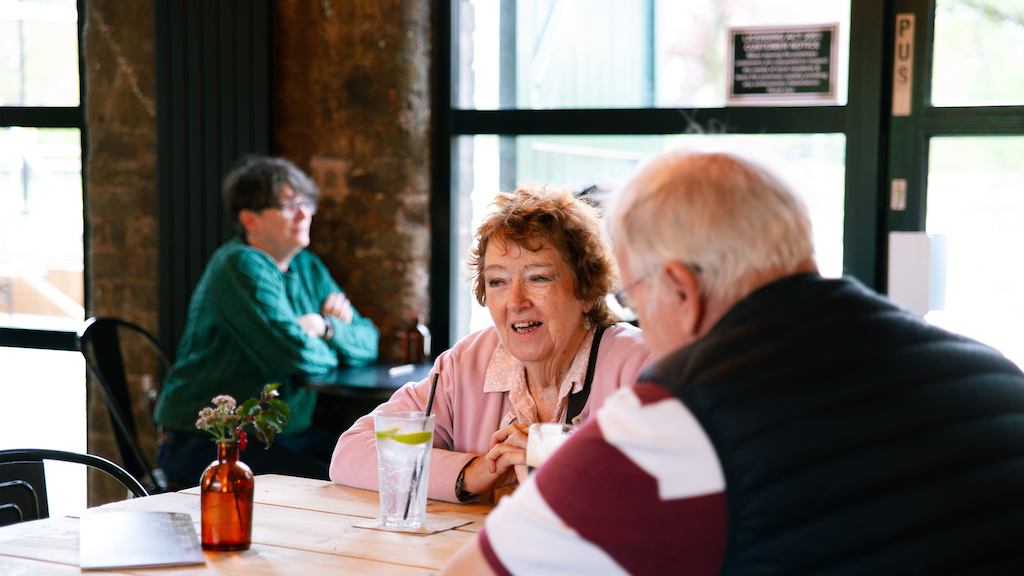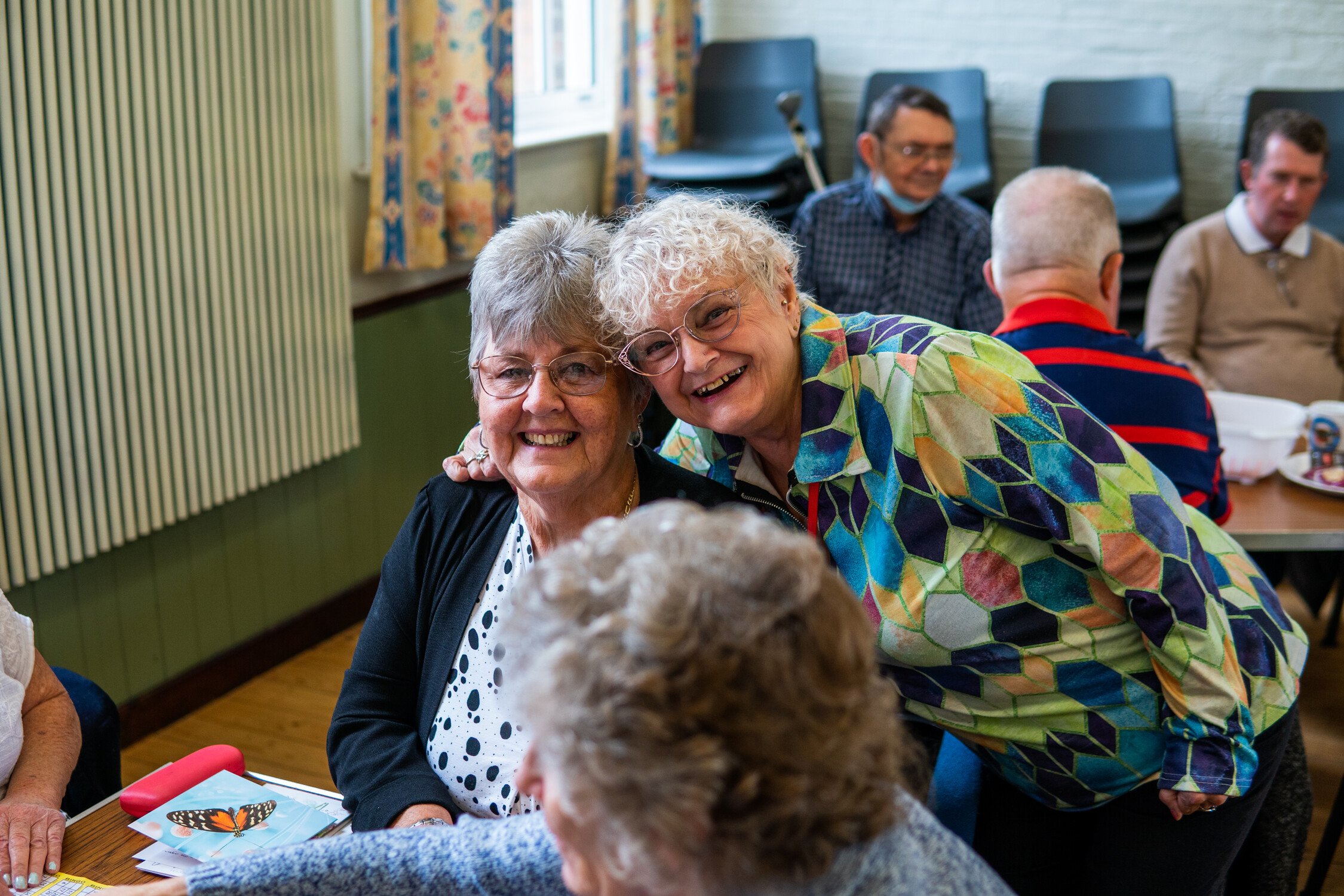However, our new analysis of a number of measures on community and neighbourhood from the Community Life Survey finds that not all older people feel equally positive about where they live showing that the inequalities that exist between people across England translate into inequalities between the places where people live.
Ultimately it comes down to poverty and deprivation. Throughout our State of Ageing 2025 report we have highlighted a clear north-south divide – in health, pension provision, employment levels and material deprivation. There are undoubtedly myriad contributing factors, but economics lie at their root, starting with the long-term and far-reaching impact of deindustrialisation in the previously highly industrialised north with long-lasting, knock-on effects on employment levels and the quality of housing.
There is also a significant urban/rural dimension to poverty and deprivation, with local authorities that are largely rural (green dots on chart below) more likely to be less income deprived and those that are largely urban (black dots on chart below) more likely to be more income deprived. In fact, just 5% of local authorities in the poorest fifth are largely rural while 57% are largely urban. Meanwhile, 37% of local authorities in the richest fifth are rural and just 11% are urban. (The concentration of ethnic minority people in specific urban areas through systemic inequalities, housing policies and economic exclusion have played a part in these patterns and we’ll explore this further using forthcoming analysis of Community Life Survey data).
Our data shows that older people living in more income deprived places are less likely to feel positively about where there live: two-thirds (66%) of people aged 50 and over living in urban areas in England feel they belong to their neighbourhood compared with almost three-quarters (73%) in rural areas. While almost everyone in the least deprived areas is satisfied with their local area as a place to live (89%), the proportion is less than two-thirds (62%) in the most deprived areas. And the chart below shows a clear correlation between the proportion of people aged 50 and over who are proud to live in their local area and income deprivation rate.

